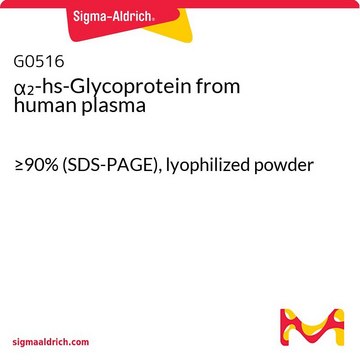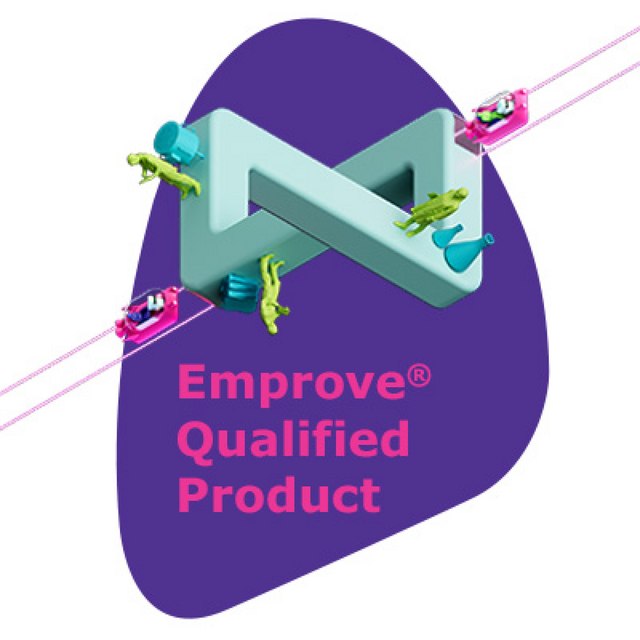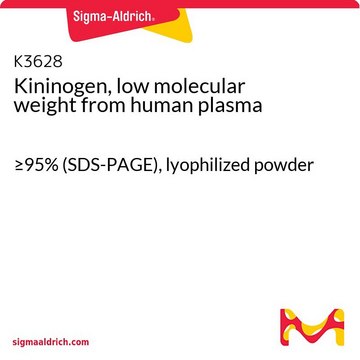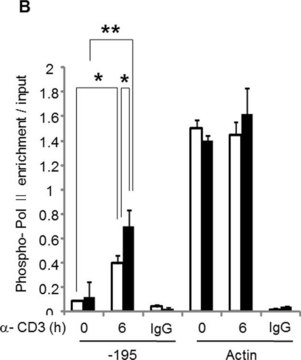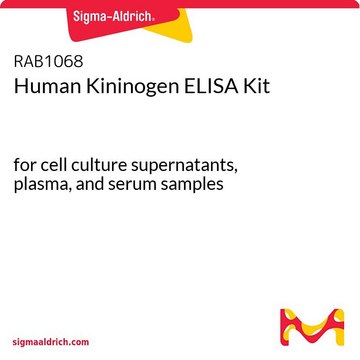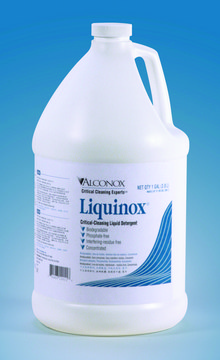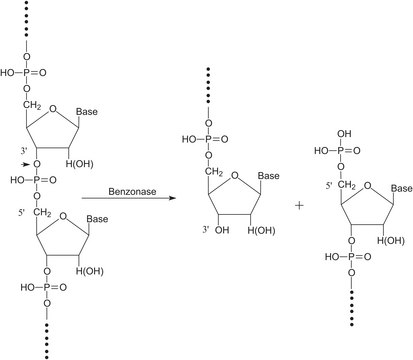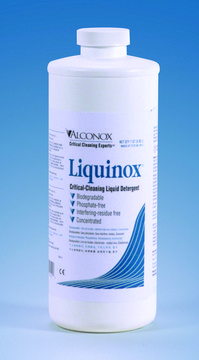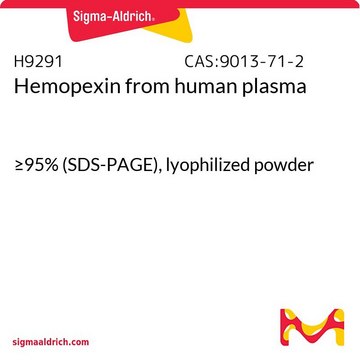K1632
Kininogen high molecular weight, Two Chain from human plasma
lyophilized powder
Select a Size
RM 364.00
Select a Size
About This Item
RM 364.00
Recommended Products
biological source
human plasma
Quality Level
form
lyophilized powder
solubility
H2O: soluble 0.1 mg protein/mL
UniProt accession no.
storage temp.
−20°C
Gene Information
human ... KNG1(3827), KNG1 (includes EG:3827)
1 of 4
This Item | H9291 | F4883 | B1901 |
|---|---|---|---|
| biological source human plasma | biological source human plasma | biological source human plasma | biological source - |
| form lyophilized powder | form lyophilized powder | form powder | form powder |
| solubility H2O: soluble 0.1 mg protein/mL | solubility - | solubility 0.9% NaCl: soluble | solubility - |
| Gene Information human ... KNG1(3827), KNG1 (includes EG:3827)(3827) | Gene Information human ... HPX(3263) | Gene Information human ... FGA(2243), FGB(2244), FGG(2266) | Gene Information human ... KNG1 (includes EG:3827)(3827) |
| storage temp. −20°C | storage temp. −20°C | storage temp. −20°C | storage temp. −20°C |
| UniProt accession no. | UniProt accession no. - | UniProt accession no. | UniProt accession no. |
General description
Biochem/physiol Actions
Packaging
Physical form
Preparation Note
Storage Class Code
13 - Non Combustible Solids
WGK
WGK 1
Flash Point(F)
Not applicable
Flash Point(C)
Not applicable
Personal Protective Equipment
Choose from one of the most recent versions:
Already Own This Product?
Find documentation for the products that you have recently purchased in the Document Library.
Our team of scientists has experience in all areas of research including Life Science, Material Science, Chemical Synthesis, Chromatography, Analytical and many others.
Contact Technical Service